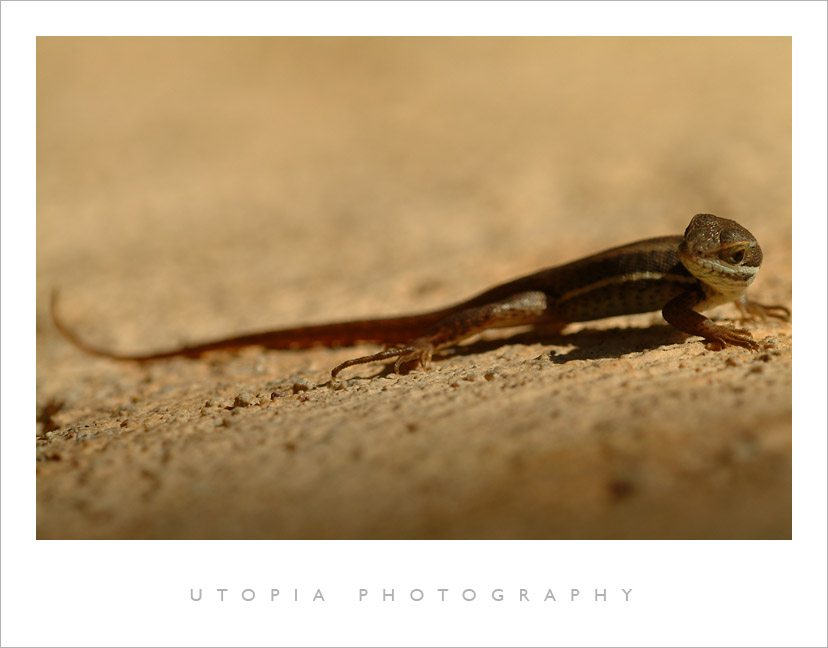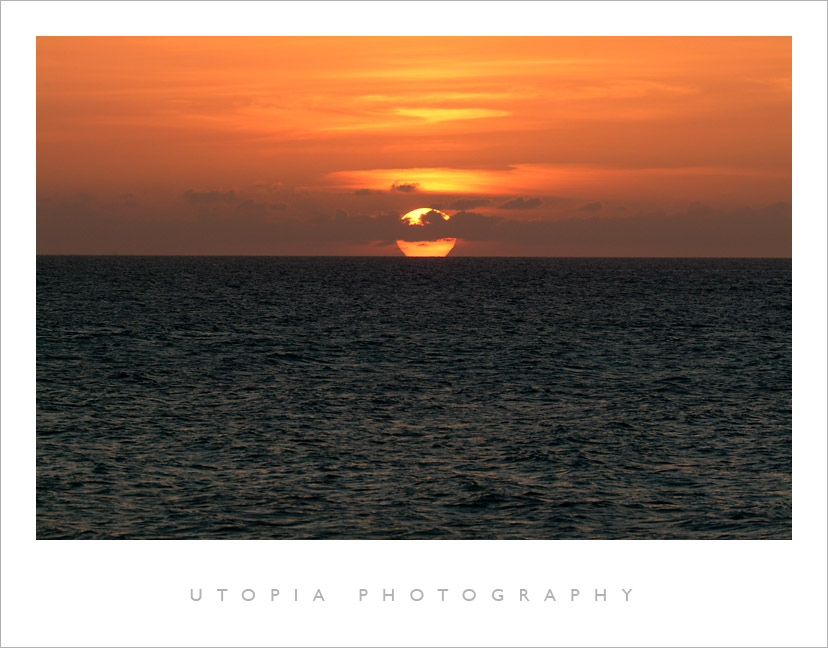

AF Micro Nikkor 200mm f/4 ED IF - The Insect Tube
|
Lens data for the AF Micro Nikkor 200 mm f/4 ED IF:
Lens construction: 13 elements in 8 groups Closest focusing: 0.5 m / 1.625 ft For DX sensors: full frame equivalent: 300 mm Filter: 62 mm Hood: HN-30 Dimensions: 3.0 x 7.6 in Weight: 41.8 oz. Appearance: 1993 Performance on cameras with DX-sized sensors: While the 60mm f/2.8D Macro lens from Nikon is a fantastic piece of glass, it has some drawbacks: One has to get very close to take a 1:1 macro shot. Thus, the photographer often gets into awkward positions with a tripod and adjusting everything can be very time-consuming. I regularily need five to ten minutes to get everything into position. And, taking pictures of living insects and other small animals can be a real challenge due to the short distance between the camera and the animal. For several months, I have used a Sigma 180mm f/2.8 Macro lens for such purposes. It has been the only non-Nikon lens I have ever used and trusted on my Nikon cameras. That Sigma lens has always been a very good performer. The only drawback I discovered was its softness at f/2.8 and a a strange color shift in some situations (e. g. when taking pictures of a fire). It was a mistake to sell the lens in order to finance another lens I needed desperately. Since that point of time, there has been a gap in my macro lens line-up. In 2004, I decided to buy a new macro lens with a long focal length, the AF Micro Nikkor 200mm f/4 ED IF lens. I bought that lens second-hand for the price of the mentioned Sigma macro lens or for about a third of the original price. This lens gets very good reviews and indeed it is a lens with high optical performance and great build quality. The first thing I learnt to appreciate is that this lens actually can serve two purposes at the same time: First, it is a fantastic macro lens and second, it can be used as a tele lens. Imagine doing macro work somewhere in the mountains and suddenly a beautiful ibex appears. Tele performance is very good with this lens, even at f/4. |
While the 60mm f/2.8D macro
lens can be used without tripod even for some real macro shots due to its light weight
and short focal length, the 200mm f/4 proves to be a completely different beast. Real
close-ups can't be done without tripod. But then again, using a tripod with the 200mm
macro lens is a real delight. Even for small plants or for insects on the floor a large
and stable tripod can be used because of the longer working distance.
Rating for the Nikon AF Micro Nikkor 200 mm f/4 lens (Maximum: 5, Minimum: 1): Image quality wide open: 4.5 Overall image quality: 4.5-5 "Bokeh": 4.5 Build quality: 5 Lens construction for the AF Micro Nikkor 200 mm f/4: 
Yellow: ED glass Image © 2008 Nikon Corporation (source) External reviews (AF Micro Nikkor 200 mm f/4) imagepower.de (cache: 1 ) photozone.de (3 parts) (cache: 1 2 3 ) slrgear.com (cache: 1 ) naturfotograf.com (cache: 1 ) jckrause.com (cache: 1 ) ephotozine.com (cache: 1 ) mir.com (cache: 1 2 3 4 ) kenrockwell.com (cache: 1 ) *) Contact me if you know interesting reviews not listed here. The cache numbers in parenthesis next to the links lead to cached pdf files (just in case the original links don't work anymore). The files usually only represent parts of the original contents from January 2010. |
Some images taken with
the AF Micro Nikkor 200mm f/4 ED IF lens
(Sensor: DX format):

|

|

|

|

|
Some images taken with
the AF Micro Nikkor 200mm f/4 ED IF lens
(Sensor: FX format):

|

|

|

|